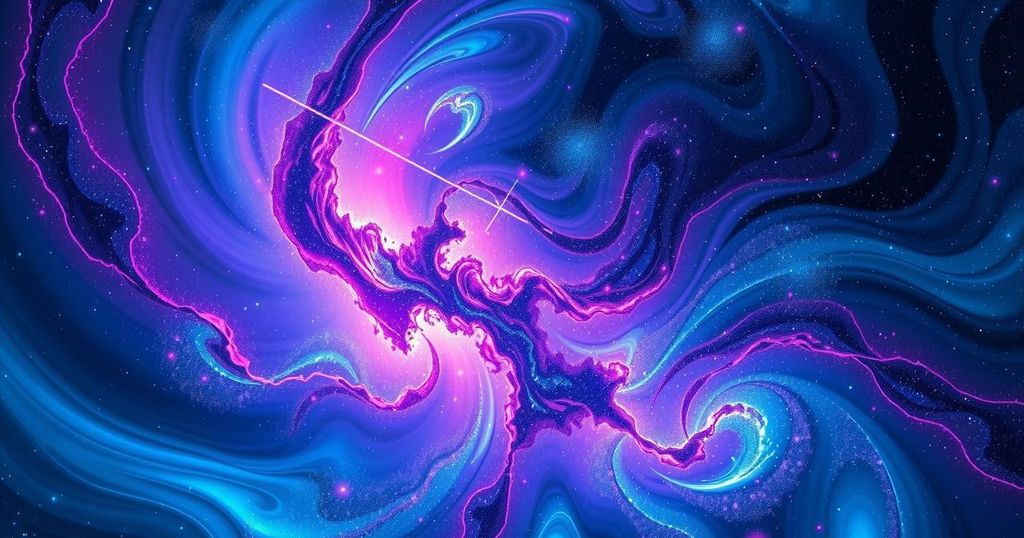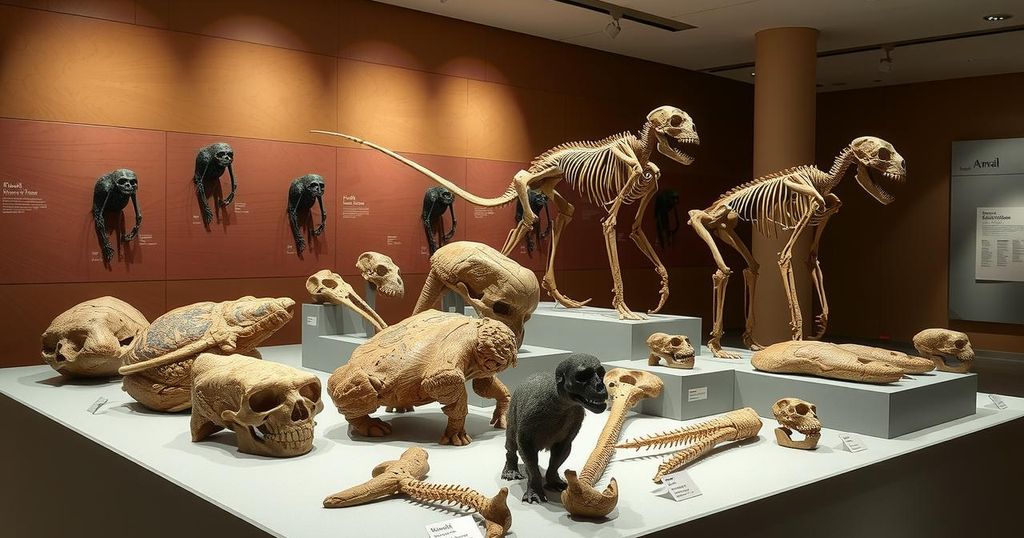Matteo Paz: A Teen’s Journey into the Cosmos with AI
Teenager Matteo Paz developed an AI algorithm that discovered 1.5 million new celestial objects from NASA’s NEOWISE data, earning him a $250,000 award. His achievement underscores the potential of AI to tackle complex problems in various fields, from healthcare to climate science, while enhancing data analysis and uncovering previously unnoticed insights. This reflects a shift from the conventional fear of AI towards a celebration of its benefits.
In an astounding tale, 18-year-old Matteo Paz shot into the spotlight after crafting an AI algorithm to sift through NASA’s NEOWISE data, discovering 1.5 million space objects. Rather than endure the mundane task of sorting through 200 terabytes of data, he let his ingenuity shine, resulting in a $250,000 reward under the Regeneron Science Talent Search. This showcases how even youthful minds can tap into AI’s capabilities, revealing hidden treasures in our vast universe.
Originally intended to detect near-Earth asteroids, NASA’s NEOWISE telescope’s infrared sensors have a surprising range, revealing phenomena obscured by cosmic dust. Paz’s algorithm expertly analyzed over 450 million objects, uncovering enigmas like black holes and supernovae, transforming a straightforward asteroid search into a dynamic map of the universe. His work was not simply data processing; it upended the original intent of the telescope, much like a mundane gadget revealing unexpected talents with the right upgrades.
As AI continues to shed light on various sectors, this positive trend stretches beyond astronomy. At Mount Sinai Hospital, AI is diligently combing through medical records to catch early warning signs of Alzheimer’s while climate scientists utilize it to predict extreme weather events, exemplifying AI’s ability to thrive in chaos and unveil patterns within disorganized data.
Matteo Paz’s innovative use of AI not only propelled him into the limelight but also served as a beacon of how this technology can transform our understanding and approach to complex problems across diverse fields. From the mysteries of space exploration to healthcare and climate modeling, AI’s potential to illuminate hidden insights and redefine our world is boundless. By fostering human-AI collaboration, we can harness this remarkable tool to enhance lives, unveil new discoveries, and promote a more hopeful narrative surrounding artificial intelligence.
Original Source: www.sify.com




Post Comment